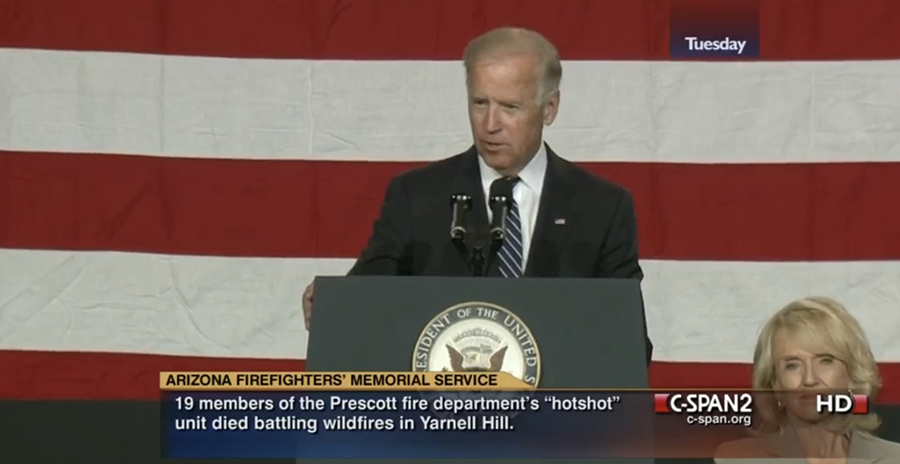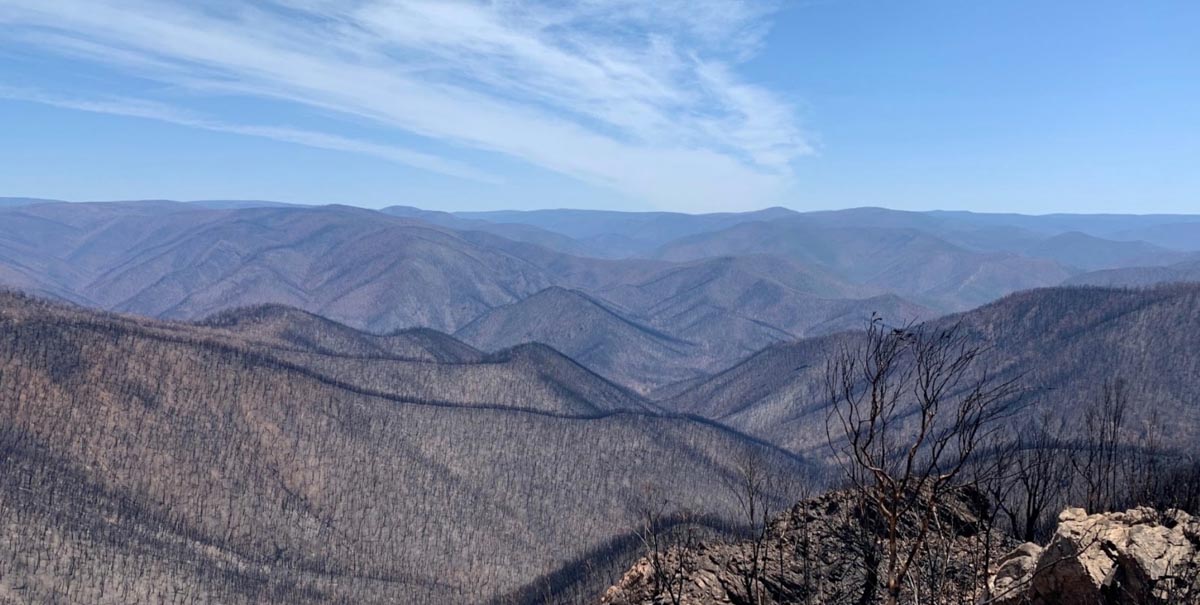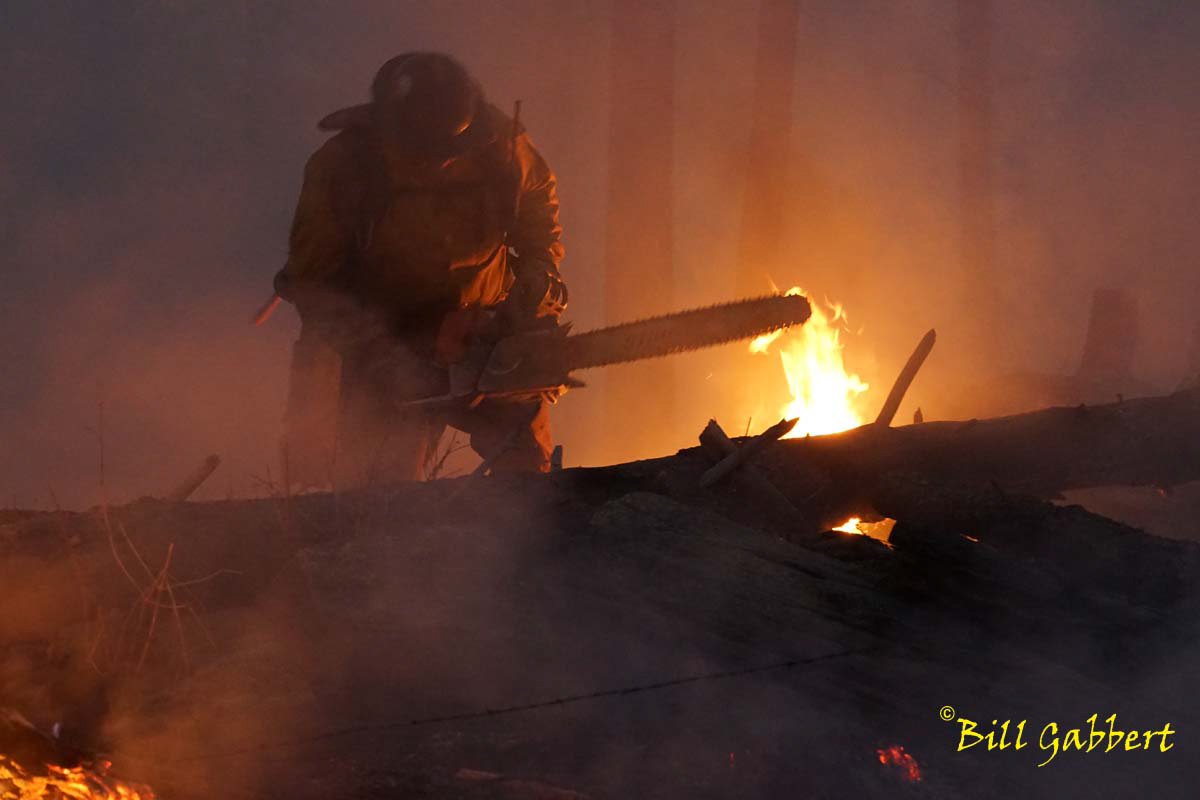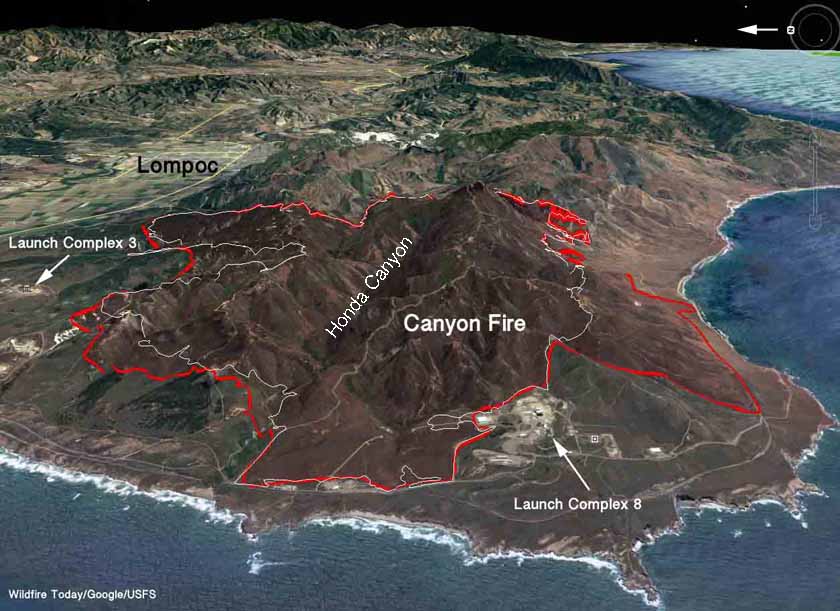
With a new administration taking the reins of the federal government January 20, some may be thinking about what changes, if any, will affect wildland firefighting. Of course it is dangerous to attempt to predict what any government official will do, but in this case President Elect Joe Biden has a lengthy track record even before he served as Vice President for eight years under the Obama presidency.
Vice President Biden spoke at the memorial service July 9, 2013 in Prescott Valley, Arizona, for the 19 members of the Granite Mountain Hotshots who died June 30, 2013 on the Yarnell Hill Fire. From the C-SPAN recording, we made a video clip of his remarks and the slide show that followed featuring the 19 men. You can see the entire two-hour service at C-SPAN.

At Prescott Valley Mr. Biden showed tremendous empathy and appreciation for the deceased men, their families, and firefighters in general, saying, “All men are created equal, and then a few became firefighters,” and, “They were heroes long before we knew their names.” Few public servants would be capable or have the desire to exhibit the degree of compassion for firefighters showed by Mr. Biden. Most people will find themselves choking up while listening to his sympathetic words. Cameras caught people in the audience wiping away tears.
Vice President Biden also spoke September 12, 2009 at the memorial service for the two firefighters killed on the Station Fire near Los Angeles, Tedmund Hall and Arnaldo Quinones.
In 2013 Vice President Joe Biden and Attorney General Eric Holder presented the Medal of Valor to 18 firefighters and police officers for exhibiting exceptional courage. The Vice President, a former Chairperson of the Congressional Fire Services Caucus, made some very meaningful remarks, some of which appeared to be unscripted. Here is a brief excerpt:
There’s something special about firefighters and cops……. You all share — you’re all crazy, God love you — you all share a selflessness that is not easily explained, a commitment to your fellow man that’s rare, bravery that inspires, literally inspires almost everyone that hears about it……. Being a firefighter or police officer is not what you do, it’s who you are….. There’s something about ya’ll. You can smell it when you’re 10, you’re 12, you’re 15. And God we’re lucky for it man. I marvel at what makes them tick. I marvel at what makes them tick.
But showing compassion and empathy does not guarantee future action or passing legislation when necessary.
The Obama/Biden administration worked with Congress to address climate change in many ways, including participating in the 2015 Climate Agreement. During the last four years the U.S. has withdrawn from the Agreement and taken other actions to reverse previous progress, but Mr. Biden has said he will make dealing with climate change an important priority, will again honor the agreement, and has an ambitious goal of net-zero greenhouse gas emissions by 2050. The large majority of respected climate scientists have concluded that human-caused climate change has greatly affected our weather. The higher temperatures and bouts of drought and extreme weather have resulted in lower fuel moistures and extreme wildfires that are very difficult to suppress. At stake are lives, private property, health of the population, and natural resources. Lack of action to slow climate change is not a reasonable option.
Here are some examples of Mr. Biden’s record on firefighter issues documented by the International Association of Firefighters:
- As vice president, Mr. Biden was tasked by President Obama as the administration’s point-person on first responder issues.
- During his time in the Senate, he played a leadership role on nearly every piece of legislation introduced affecting fire fighters.
- Early in his Senate career, Mr. Biden championed the Public Safety Officers Benefit (PSOB) program, which provides death benefits to the families of fallen fire fighters. He later introduced and passed legislation to increase PSOB benefits from $150,000 to $250,000, and indexed it to inflation so the benefit is now $340,000.
- Senator Biden helped create the Assistance to Firefighters (FIRE Act) and Staffing for Adequate Fire and Emergency Response (SAFER) grant programs, and consistently advocated for robust funding.
- As vice president, Mr. Biden helped push through the Zadroga 9/11 Act to provide healthcare and compensation to those fire fighters who participated in the 9/11 response and recovery efforts. (Video of Jon Stewart advocating for the extension of the Act in 2019.)
- As vice president, Mr. Biden worked with fire fighters and Congress to pass legislation creating a nationwide public safety broadband network.
William Shakespeare wrote in his play The Tempest, “What’s past is prologue.” We can safely assume that in his administration, Mr. Biden will continue to care about firefighters. But he can’t pass legislation — he will need the cooperation of Congress, which has found it difficult move any kind of bill in recent years.
Perhaps Mr. Biden will have more luck than previous presidents due to having served in the Senate for 36 years and his relationship with Mitch McConnell, who may still be the Majority Leader in the Senate going forward. Here is an excerpt from an article at Firechief.com:
In his book “The Long Game: A Memoir,” McConnell stated that trying to deal with then-President Obama was impossible. “[Obama] acted like a professor every time we tried to discuss legislation. The first 45 minutes was always a lecture about how and why we were wrong,” McConnell wrote. On the other hand, McConnell loved dealing with Biden. “Joe would come into a meeting and say, this is what I need, and this is what I understand that you need. Is there any way to work out a deal here?”





